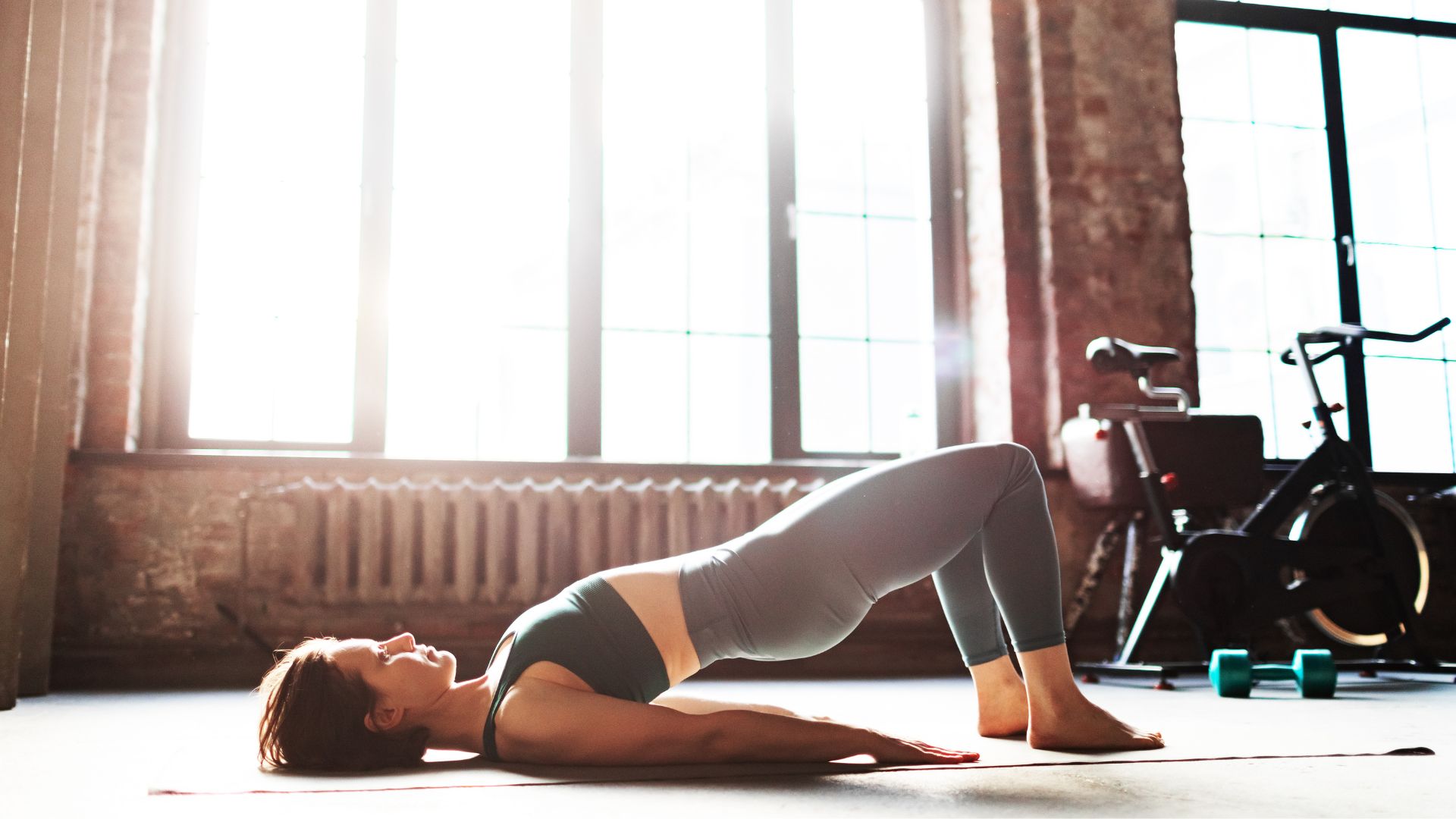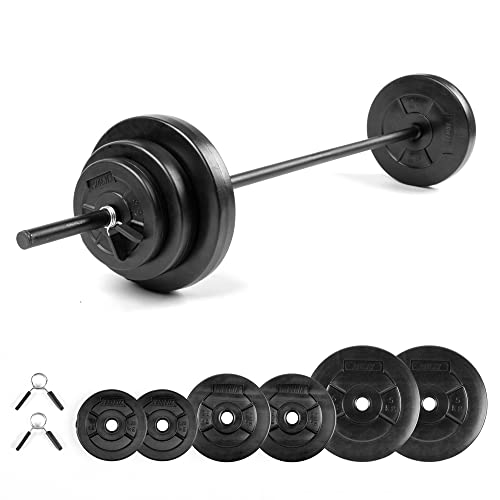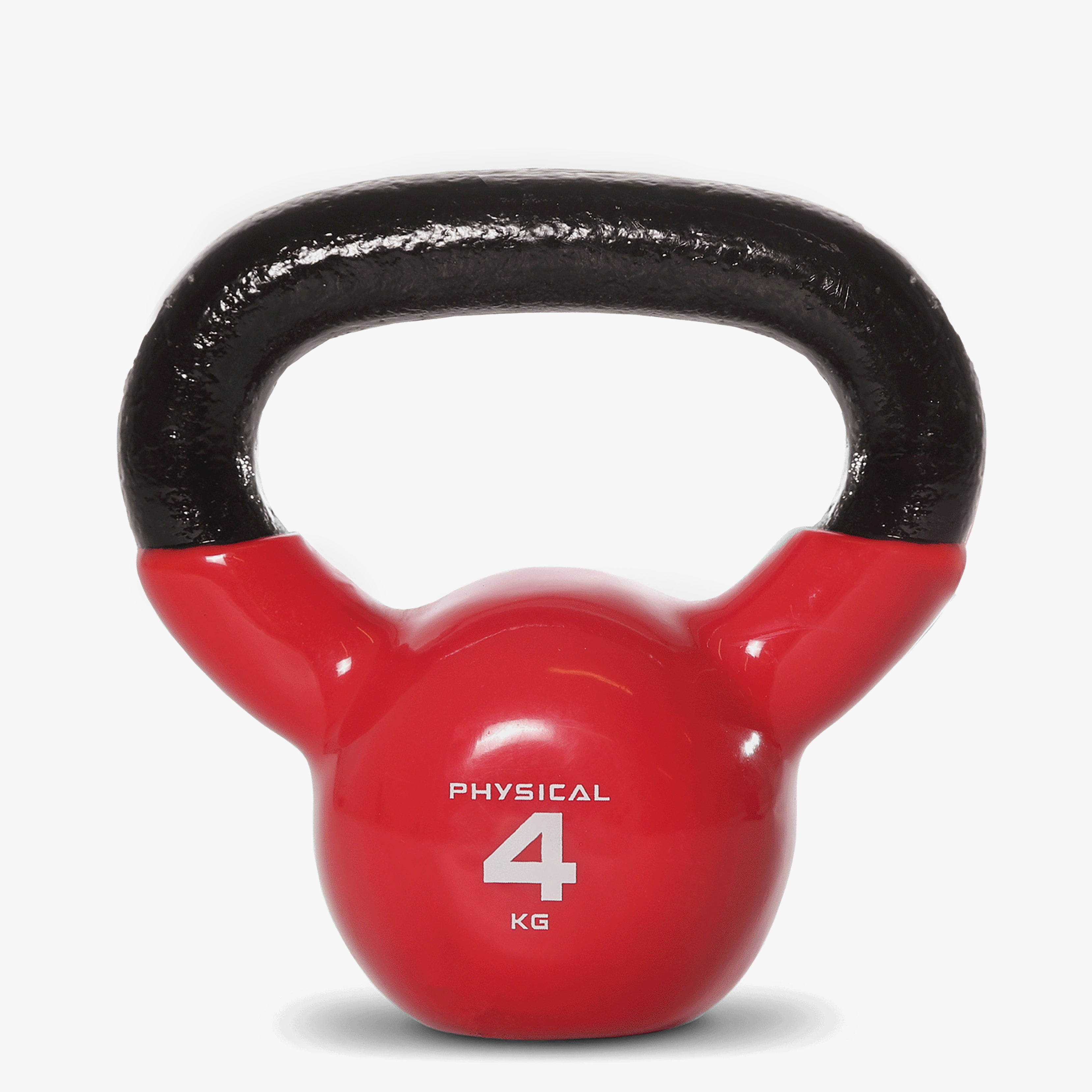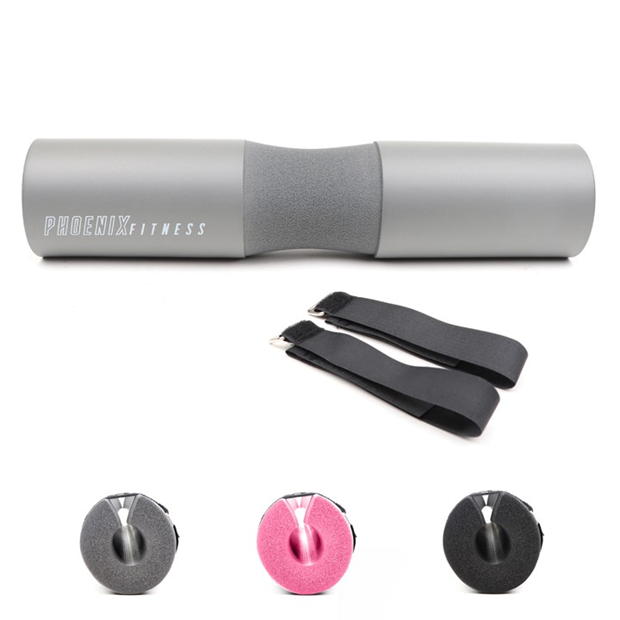No squats required - these 3 glute exercises are all you need to boost strength, muscle, and stability
Life gets easier when glutes (buttocks) get stronger. You'll find it easier to move in daily life and your favourite workout, with better balance and posture


You don't need to spend hours in the gym to build these muscles either. Simple glute exercises like these can be done in as little as 30 minutes with some dumbbells, a barbell, or kettlebells at home.
But, you do need to train to failure, which means doing the exercise until you can't do it any more by the final repetition. You also have to train the muscles in the lengthened (where the muscle is stretched out) and shortened (where the muscle is contracted) position, says Harriet Harper, a certified personal trainer and strength specialist.
Together, these three exercises tick these boxes and target the glutes, which are made up of the gluteus maximus, medius, and minimus.
Glute exercises
1. Hip thrust
The hip thrust is "incredible" for the gluteus maximus, one of the three muscles, says Harriet. "It trains the glutes in their shortened position at the top of the lift, and our glutes tend to be pretty strong in this resistance profile, so it's the perfect lift to go heavy and challenge yourself," she says.
How to do a hip thrust:
- Sit down on the floor in front of a chair or bench sitting at about knee height.
- Bend your knees, hold your feet slightly wider than hip-distance apart.
- Place the weight across your hips, making sure to use a pad if it's heavy.
- Squeeze your glutes and push upwards until your hips come in line with your shoulders and knees.
- Squeeze at the top, then slowly lower yourself back down.
Expert tip: If you're using a dumbbell for this exercise, place the weight just below your pelvis, on your hip bones. You can also use resistance bands to do this exercise, as part of a full-body resistance band workout.
2. Romanian Deadlift
The Romanian Deadlift does the opposite, working the glutes in the lengthened position. "It can be done with a barbell, dumbbells, or a Smith machine at the gym, making it perfect for either environment," says Harriet. It's also one of the best back exercises.
Sign up to our free daily email for the latest royal and entertainment news, interesting opinion, expert advice on styling and beauty trends, and no-nonsense guides to the health and wellness questions you want answered.
How to do a Romanian deadlift:
- Stand with your feet shoulder-width apart, grab hold of two dumbbells.
- Bend your knees slightly but keep your core engaged and your back straight.
- Slowly start to push your glutes to the back of the room, as if there's a button on the wall behind you and you're trying to hit it with your backside.
- Once you start to feel a stretch, stop. This is the end of your movement.
- Keep your core engaged, squeeze your glutes and push your hips forward
Expert tip: "If you want maximum glute engagement, make sure you keep a slight bend to the knee throughout to eliminate your hamstrings," she adds.
3. Bulgarian split squat
The Bulgarian Split Squat is a single-leg exercise that works the glute medius and the glute maximus while improving balance and stability.
"It's everyone's arch nemesis," says Harriet. "I think people dislike these as they are more fatiguing than other lifts, and let's face it, they are hard."
However, they are very effective and one of only three exercises you'll ever need to build stronger glutes.
How to do a Bulgarian split squat:
- Set up a bench or chair behind you, at about knee height, and stand with your feet shoulder-width apart about two feet away.
- Put one foot behind you on the top of the bench, resting your laces flat on the top.
- Sink down, putting your body weight through your front leg, bending until your front leg reaches a 90-degree angle.
- Keeping your core and glutes engaged, push up through the ball of your front foot and return to the starting position.
Expert tip: "The quads will also be working in this lift, so if you want more glutes, make sure you focus on keeping the front shin vertical and hinge the hips back as you come down," says Harriet. "This will bias the glutes over the quads."
What are the signs of weak glutes?
- Finding it difficult to climb up or down stairs, stand up from a chair without using your hands, or get out of bed
- Instability when standing on one leg
- Pain in the lower back, hips, or knees
- Poor posture, including rounded shoulders
A physiotherapist will be able to determine whether you have weak glutes with a simple examination, so always seek expert help if you're concerned about your glute strength before undertaking a new exercise routine.
Does walking help build glute strength?
Yes, if strength training isn't in your weekly routine, you can do a walking workout outdoors or a treadmill workout in the gym that'll help strengthen your glutes.
A study in the Journal of Physical Therapy Science found that walking on an incline can increase activity in the gluteus medius, boosting strength in this area. The key to success with this, however, is not to put the incline too high.
Researchers found that muscle activity increased at a 5% incline compared to flat walking, but decreased at 10%, making an incline of between 5% and 10% the sweet spot for a glute exercise on a treadmill.
There are many benefits of walking and it's also one of the better quadricep exercises, as it engages most of the muscles in the legs, as well as the hip flexors and lower back.
How long does it take to strengthen the glutes?
It takes between six and eight weeks to strengthen and build the glute muscles, although it depends on many factors, including how often you lift weights, the intensity you train at, your diet, and your genetics.
In general, experts recommend strength training two to three days a week to see progress without fatigue.

Grace Walsh is woman&home's Health Channel Editor, working across the areas of fitness, nutrition, sleep, mental health, relationships, and sex. She is also a qualified fitness instructor. In 2025, she will be taking on her third marathon in Brighton, completing her first ultra marathon, and qualifying as a certified personal trainer and nutrition coach.
A digital journalist with over seven years experience as a writer and editor for UK publications, Grace has covered (almost) everything in the world of health and wellbeing with bylines in Cosmopolitan, Red, The i Paper, GoodtoKnow, and more.
You must confirm your public display name before commenting
Please logout and then login again, you will then be prompted to enter your display name.


